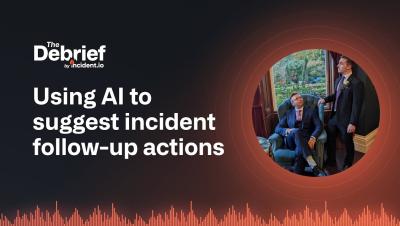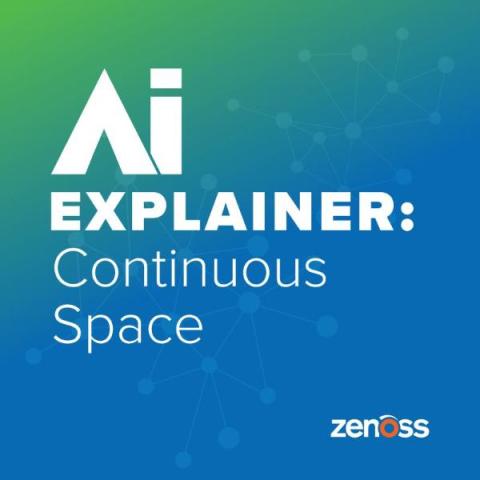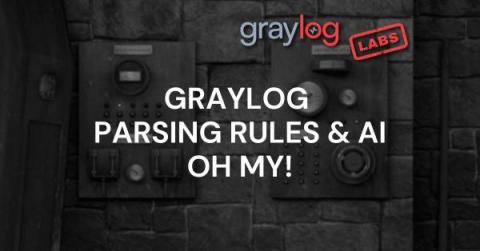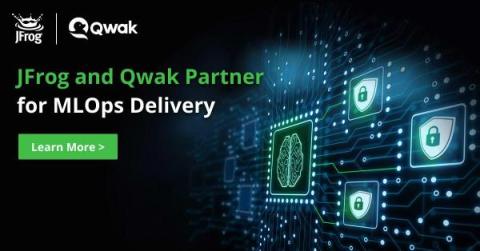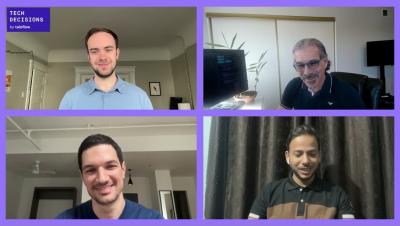Harnessing the power of AI in uptime monitoring for predictive analysis
In the digital age, uptime monitoring has become a cornerstone of business operations, ensuring websites and servers are always accessible to users. It's not just about keeping the lights on; it's about preserving reputation, ensuring customer satisfaction, and minimizing revenue loss. Enter Artificial Intelligence (AI), a game-changer in the way we approach uptime monitoring.




